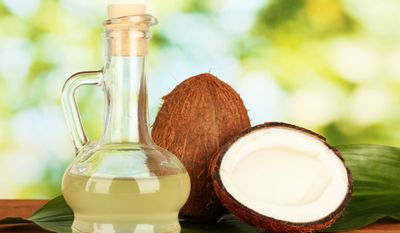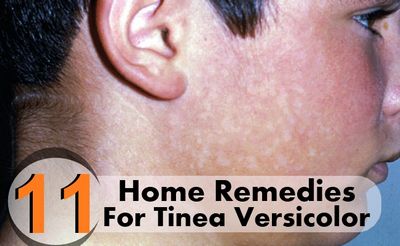The common fungal disease that affects humans, known as tinea versicolor affects the skin by invading the epidermis and causing a yellowed, scaling appearance.

Tinea versicolor, also known as pityriasis versicolor, is usually not life threatening or contagious but can cause physical embarrassment or psychological stress.
Pityriasis versicolor is caused by a fungus, dermatophytes. It commonly invades the skin through the cracks and folds of the epidermis or the dermis layer of skin. It typically begins on the scalp, hands, and feet and later spreads to the face, chest, abdomen, and sometimes, the genital areas. Sometimes, pityriasis versicolor may occur on other parts of the body, such as the fingernails and scalp, but generally, the infection starts at the epidermis and spreads throughout the body as a scaly, rough patch.
Tinea versicolor is not considered life-threatening but can cause significant emotional discomfort. This fungus is known to cause extreme skin itchiness or burning sensations in the affected area. The itching or burning can continue for several weeks or even months. The itching is worse in humid or warm weather. In some cases, the itching can become so severe that it even causes permanent scarring.
The reason pityriasis versicolor infects the epidermis is due to a yeast called dermatophytes.

This fungus has an unpleasant odor and can often appear as a white or yellow cheesy substance on the surface of the affected areas. The condition usually occurs because of an overgrowth of the yeast.
Although pityriasis versicolor has no symptoms in most cases, it may spread to other areas of the body when it is not treated promptly. If this happens, the affected area may look like “blisters”. These blisters may bleed, itch or discharge, or feel hot and inflamed. In severe cases, the affected area may turn red or purple in color and may even crack or crumble.
If you are concerned about pityriasis versicolor and have mild to moderate fine versicolor skin, you may consider using a nonprescription topical anti-fungal agent. Some creams, ointments, and lotions contain an anti-fungal ingredient called terbinafine that is applied topically to the affected areas.
Another solution is to make sure your home or office is free of clothing and objects that may allow the fungus to enter the skin, such as tight clothes or any fabric or bedding that is made of synthetic materials. Clean your home or office and wipe down counters, tables, chairs, beds, and any other items that might be contaminated with pityriasis versicolor spores. In addition to these, avoid sharing personal items with individuals with a compromised immune system and those who wear dentures or implants.
Although tinea versicolor does not pose a health risk, it is best to treat the problem at the early stage.

to prevent recurrence. If you notice tinea versicolorrhea or pityriasis versicolor developing on the affected area or on another part of the body, it is important to immediately consult with a physician.
Treatments that include medications like ketoconazole or nystatin are effective in treating pityriasis versicolor. Antifungal shampoos may also be used to reduce the fungus’ population, although some people experience problems with itching or stinging after discontinuing use.
If the infection is severe, doctors may prescribe systemic antibiotics to eliminate the yeast and help control it. Oral contraceptives are also sometimes prescribed in the treatment of pityriasis versicolor. However, many women suffer from complications of oral contraceptives. If you’re concerned about your chances of contracting pityriasis versicolor, talk to your doctor about the possibility of using contraceptive methods.
Although home remedies for tinea versicolor have been tried, many people have reported success using herbal products. Some of these include garlic and probiotics.
Garlic has been used traditionally to treat tinea versicolor by people who are trying to avoid using prescription medications. In addition, garlic has been used to treat many other conditions including acne and even eczema. Although garlic may cause irritation and redness in some people, studies have shown that this herb may actually be helpful in the treatment of pityriasis versicolor.